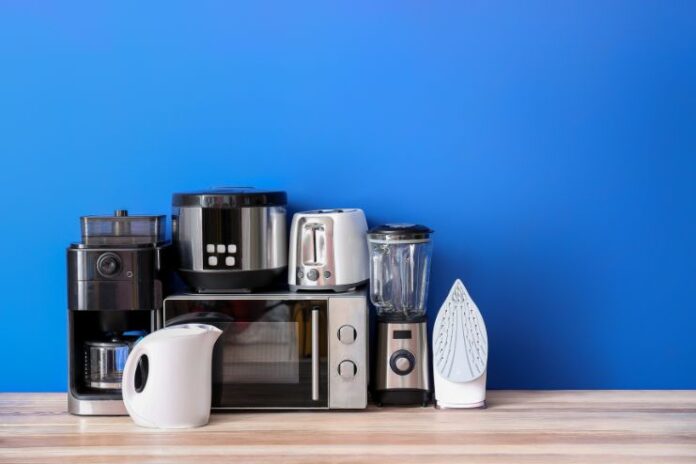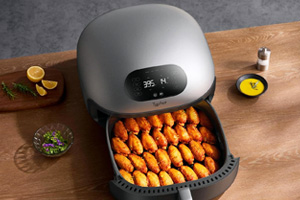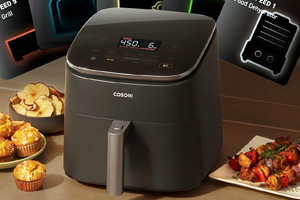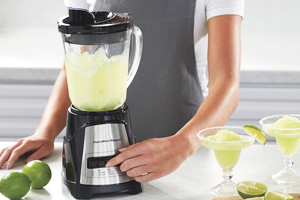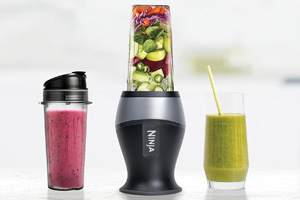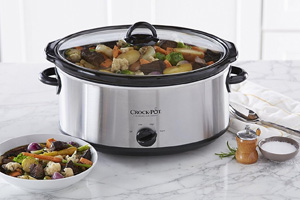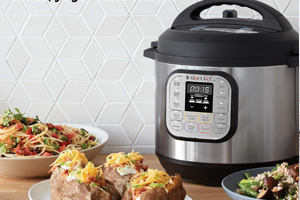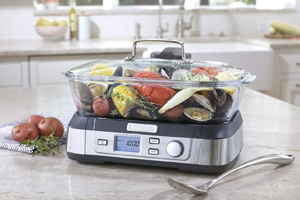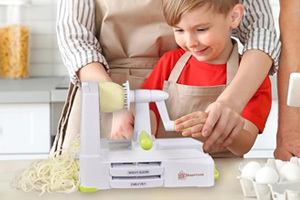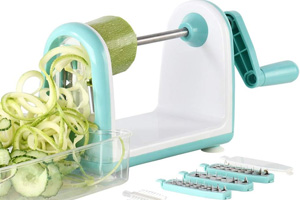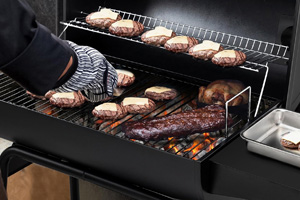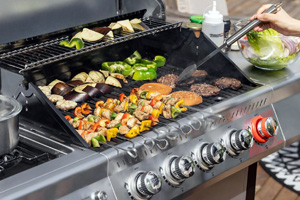It can be difficult to eat healthily at times. The media constantly presents opposing viewpoints on what people should or shouldn’t do.
Finding delectable dishes that will inspire you to spend time in the kitchen without sacrificing flavor is the first step in cooking healthily. In my opinion, the greatest kitchenware for healthy eating also makes cooking more efficient and pleasurable.
Manufacturers design healthy cooking tools to minimize the use of additional calories, bad fats, and excessive oil while preserving the natural nutrients in food.
To help you make your healthy food recipes a reality, I’ve compiled a list of my top kitchen essentials! Investing in the right cooking appliances can transform your eating habits and promote a healthier lifestyle for the whole family, regardless of your goals—whether you’re trying to manage a health condition, lose weight, or adopt a healthier diet.
Read More: Elevate Your Cooking Game: 5 Essential Kitchen Gadgets Every Health Nut Needs
1. Air Fryer
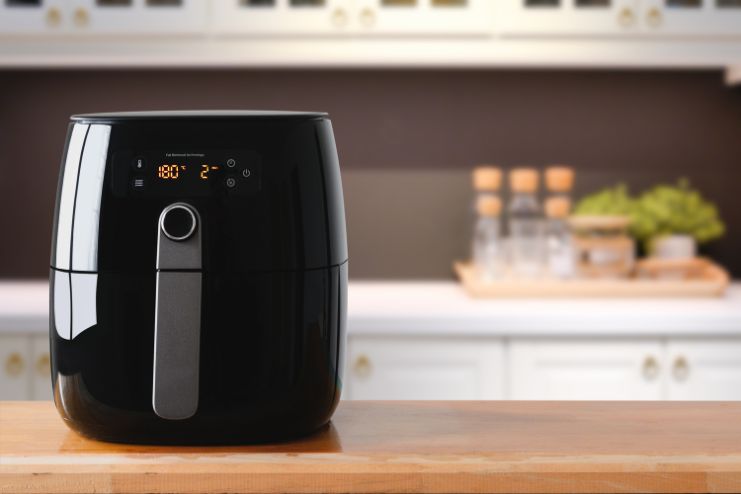
A few years ago, I received an air fryer for my birthday, which completely transformed my life. This appliance is one that I use almost daily. It cooks potatoes, meat, vegetables, and even bread.
Air fryers not only produce delicious cuisine, but they also make dinner preparation incredibly easy. In essence, you set it and forget about it. Your moms can just put in their chicken, broccoli, or burgers and leave! When it’s ready, it will ding, and you can be sure it will taste great. You only need to wipe the bottom of the basket to clean it. So easy!
An air fryer operates by quickly moving hot air throughout its interior. A fan pumps heated air around food in a perforated tray or basket, much like in a convection oven. Instead of submerging food in hot oil, hot air is evenly circulated, resulting in a crispy exterior on all sides.
Leave the kitchen if the heat or indoor air pollution is too much for you. Fortunately, this might no longer be an issue thanks to air fryers. A recent study from the School of Geography, Earth, and Environmental Science at the University of Birmingham found that air fryers are the least polluting cooking technology on the market.
Shop Here: Typhur Dome 2 Air Fryer, COSORI Air Fryer
2. Blender
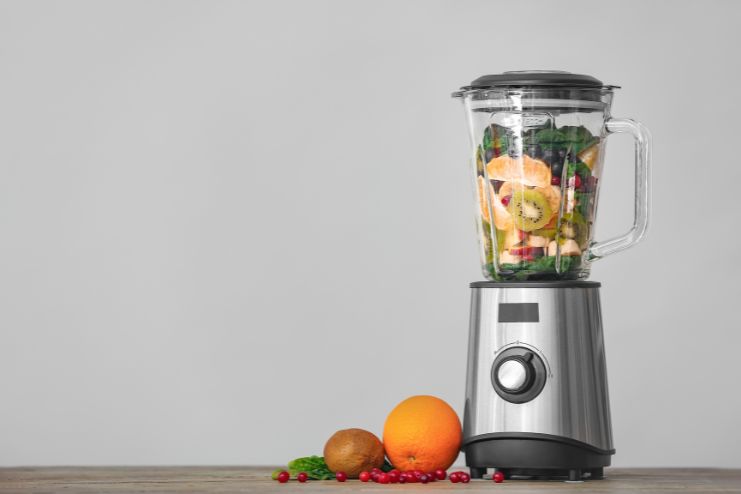
The most amazing kitchen appliance I enjoy using is a blender. It’s an investment, but nothing has improved my cooking as much as this piece of equipment.
In addition to blending smoothies and creating beautiful creams (like banana ice cream), I use my blender to puree sauces and soups, prepare my nut milks, and froth my coffee and hot beverages.
In the 1920s, American soda shops began favoring powdered malt as an alternative to regular milk. This flavorful dairy option was created by blending malted barley and wheat flour with evaporated whole milk in powdered form.
With a successful marketing campaign, the blender left the malt shop and entered homes.
Blenders are necessary for making smoothies, specialty coffees, and cocktails in both home and restaurant settings. Their use is also increasing as protein shakes become more popular alternatives to meals.
Homemakers and restaurants weren’t the only ones using blenders. Blenders swiftly entered labs and hospitals due to their ability to emulsify effectively and purée materials. When Dr. Jonas Salk created an effective polio vaccine in 1955, blenders played a crucial role in resolving one of the most critical health problems of the 20th century.
Shop Here: Hamilton Blender, Ninja Fit Compact Personal Blender
Read More: Top 10 Heart-Healthy Cookware Essentials for Every Kitchen
3. Slow Cooker
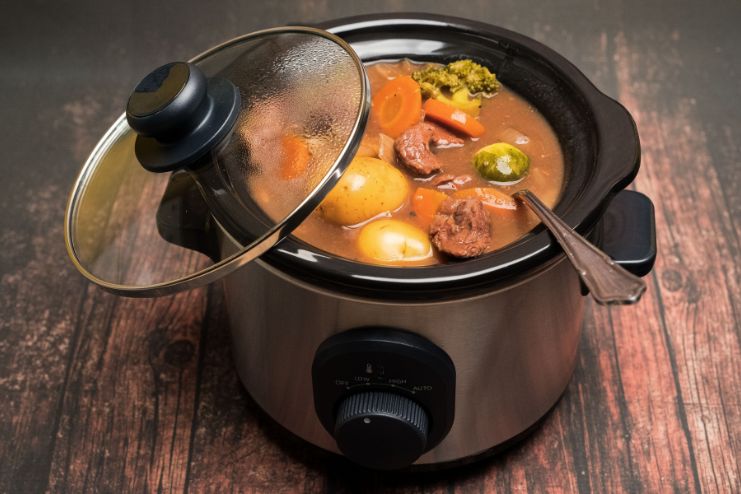
Slow cookers are amazing kitchen tools. They are simple to maintain, make preparing a warm dinner for the family simple, and have a long lifespan.
Modern kitchens often feature a slow cooker, also known as a “crock pot,” designed for effortless, extended cooking. Slow cookers offer several benefits, including all-day cooking without needing to look.
A slow cooker is an electric appliance that gently cooks food over several hours using low, consistent heat. Significant cuts of meat, such as pot roasts or beef stews, can be tenderized and broken down in slow cookers thanks to this low-and-slow cooking technique.
In addition to its adaptability, a slow cooker offers several advantages, including the ability to cook food properly without requiring manual intervention. It gives home cooks more time to go to work for the day, run errands, or attend to other household chores. Slow cookers are also incredibly easy to use—just plug them in, set the temperature, and let them do the work.
A slow cooker is straightforward to use. Plug your slow cooker in, fill it with ingredients from your preferred recipe, adjust its setting to either low or high, cover it, and cook. If you’re not ready to consume your food, you may either reheat it or turn off the slow cooker to stop the heating element. That’s it!
When cooked slowly, no additional nutrients are lost. Food cooked quickly over high heat may lose nutrients, whereas lower temperatures may help retain them. Additionally, food prepared slowly tends to taste better. In integrated medicine, a healing-oriented approach to health care that takes into account the body, mind, and spirit, Andrew Weil, M.D., is a well-known pioneer.
The purpose of the slow cooker is to cook wet meals. According to Meredith Carothers, a U.S. Department of Agriculture public affairs expert, “it’s heating up enough that it’s creating steam inside, which will help make an environment that bacteria can’t really produce or thrive in.”
Shop Here: Crock-Pot Slow Cooker, Instant Pot Slow Cooker
4. Steamer
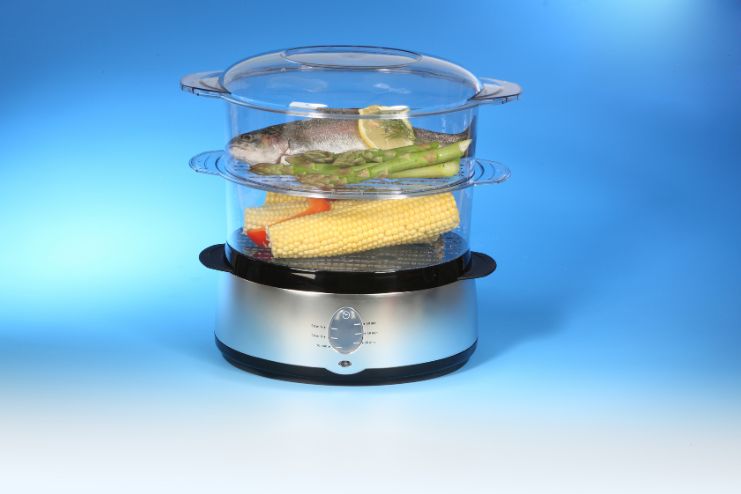
Steaming is an indirect cooking technique that cooks food using hot steam from water. It is an ancient and widely used process that, when applied correctly, preserves food’s nutrients, color, and texture.
Compared to hot air, steam cooks food considerably more quickly and minimizes shrinking, which boosts output and revenues for the food service business. Even a novice food service operator may operate steam equipment with reasonable ease.
As stated by Toby Amidor, M.S., R.D., C.D.N., you may have heard that one of the most significant ways to preserve the nutrients in vegetables is to steam them. Long-term cooking with water can quickly degrade vitamins, whereas steaming uses the steam from boiling water to cook food rather than the water itself.
Another benefit of steaming is the absence of additional fat and sodium. Steaming any vegetable helps retain its vitamins and minerals; a half-cup serving typically contains around 25 calories.
Steamers resemble ovens in appearance and function. An electric or gas boiler produces steam, which is then injected into the cooking compartment. Compared to hot air, steam transfers heat far more quickly. A full-size turkey, for instance, can be cooked in a steamer in minutes as opposed to hours in a traditional hot air oven.
Shop Here: Cuisinart Digital Glass Steamer, Hamilton Electric Food Steamer
Read More: 6 Flavorful One-Pot Meals for Effortless Weeknight Cooking
5. Spiralizer
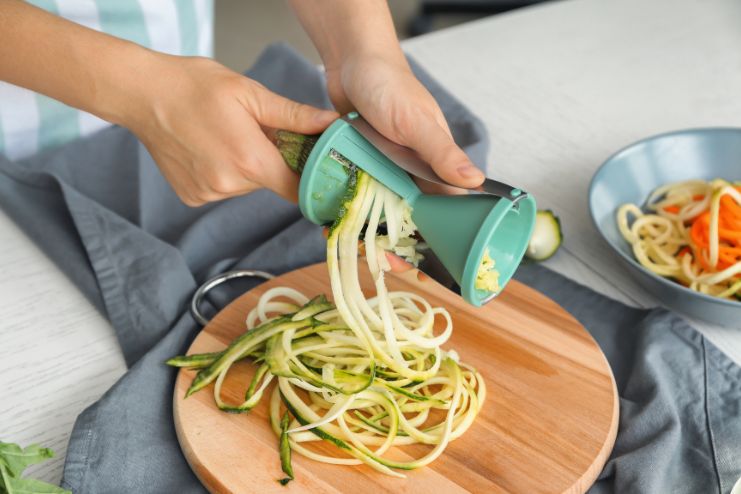
A spiralizer can create noodles of various sizes and forms from a wide range of fruits and vegetables. It’s awesome! It removes the rips from finely sliced onions, and I save a significant amount of money by making my own fresh zucchini noodles instead of purchasing the expensive store-bought ones. Sweet potato noodles also turn into delicious fries when baked!
In addition to making a beautiful dish, you can use the mountains of summer squash you collect from the market or grow in your garden by combining green and yellow squash ribbons.
You can also utilize fruits like butternut squash, carrots, beets, and courgette (zucchini). You can spiralize any hard fruit or vegetable.
You can do many things, and I assure you that the outcomes will be worthwhile! The beautiful spirals that emerge from the other side will astound you, and you can make some incredible creations by marinating your “noodles” in olive oil and with lemon juice, perhaps with a bit of salt and spices.
Shop Here: Brieftons Vegetable Spiralizer, Ourokhome Spiralizer
6. Grill

Are you aware of the benefits of grilling? Everything! Because high temperatures break down the proteins and amino acids in your ingredients, grilling produces smoky flavors and caramelized textures that make food taste delicious. Grilling is also a healthy cooking technique because it doesn’t call for additional fat. Naturally, outdoor gatherings and cookouts with loved ones are a feature of grilling season.
Cooking outside should be enjoyable, soothing, and tasty, but grilling can be clumsy, chaotic, and even dangerous without the proper tools.
Grilling is believed to have been first developed by the Arawak people of the Caribbean during the 1600s. These people placed the meat on a fire they had started with sticks. This cooking technique was dubbed barbacoa, from which the word “barbecue” came.
When learning to grill, having the right tools is crucial. Grilling tools differ from kitchen utensils in that they have longer handles and protected grips, designed to keep you safe by keeping you away from the heat. Additionally, because they cook food quickly, handling food becomes easier.
Shop Here: Royal Gourmet Charcoal Grill, Royal Gourmet Gas Grill
Read More: Cooking for Heart Health: Delicious Recipes to Lower Cholesterol
Conclusion
Adding wholesome cooking equipment to your kitchen is a simple yet effective way to improve your overall diet and health. In addition to making cooking easier, these contemporary appliances help you create meals that are higher in nutrients, lower in fat, and naturally flavorful.
Switching to cleaner cooking techniques can have a lasting impact on your lifestyle by promoting healthy eating habits and reducing the risk of diet-related illnesses. Investigate the suggested gadgets first, then try out some new dishes that align with your wellness objectives.
References
- https://www.skinnytaste.com/kitchen-tools-for-healthy-eating/
- https://jessicaeatsrealfood.com/5-essential-kitchen-tools-to-make-healthy-eating-easy/
- https://becomingyouwithjulie.com/best-kitchen-tools-for-meal-prep/
- https://www.kitchenaid.com/pinch-of-help/countertop-appliances/what-is-an-air-fryer-and-how-to-air-fry-guide.html
- https://www.thecooldown.com/green-home/air-fryers-cooking-pollution-study/
- https://medical3danimationcompany.com/blender-for-medical-character-animations/
- https://sph.umich.edu/polio/
- https://www.inhabitedkitchen.com/guide-slow-cookers/
- https://www.tasteofhome.com/article/slow-cooker/
- https://extension.umn.edu/preserving-and-preparing/slow-cookers
- https://c03.apogee.net/mvc/home/hes/land/el?spc=cel&id=1143&utilityname=gulfpower
- https://www.thespruceeats.com/best-food-steamers-to-buy-4138175
- https://www.foodnetwork.com/profiles/editorial/toby-amidor
- https://www.foodnetwork.com/how-to/packages/food-network-essentials/how-to-steam0
- https://www.bonappetit.com/entertaining-style/trends-news/article/spiralizer
- https://www.latimes.com/food/la-fo-spiralizer-cooking-20160731-snap-story.html
- https://calgaryavansino.com/learn/curly-cooking-how-to-use-a-spiralizer/
- https://www.laurengroveman.com/all-about-grilling/
- https://www.wilmingtongrill.com/2022/04/fun-facts-about-grilling/
- https://www.aarp.org/health/conditions-treatments/slow-cooker-food-safety-tips/
- https://www.drweil.com/health-wellness/balanced-living/meet-dr-weil/about-andrew-weil-m-d/
In this Article















